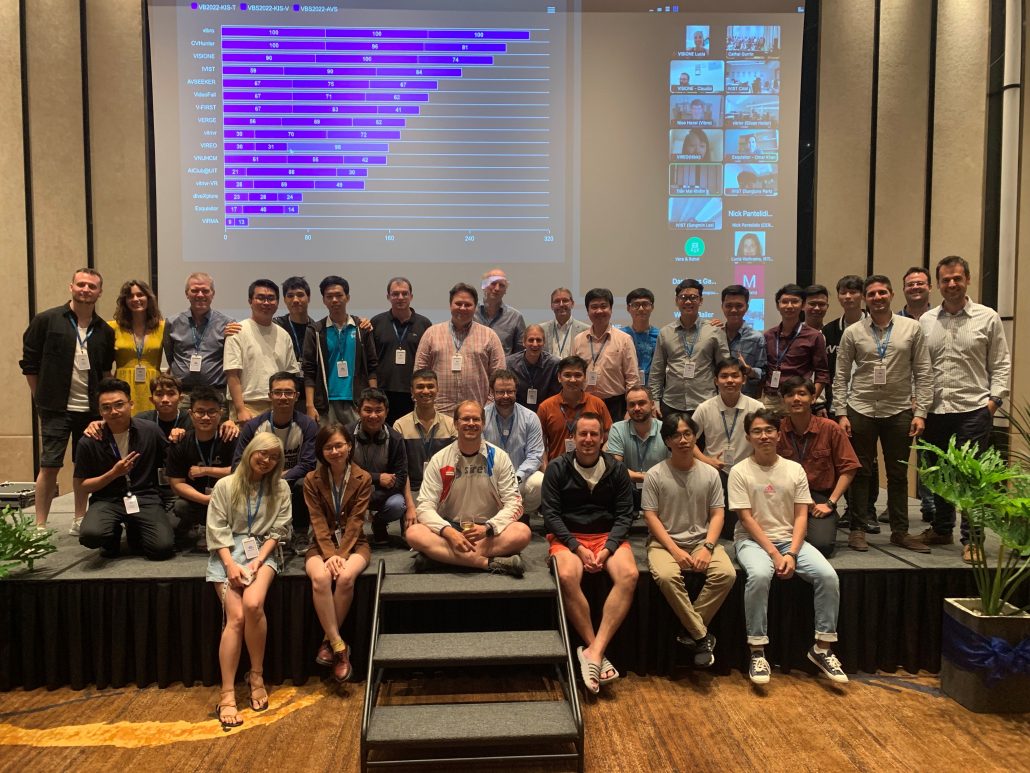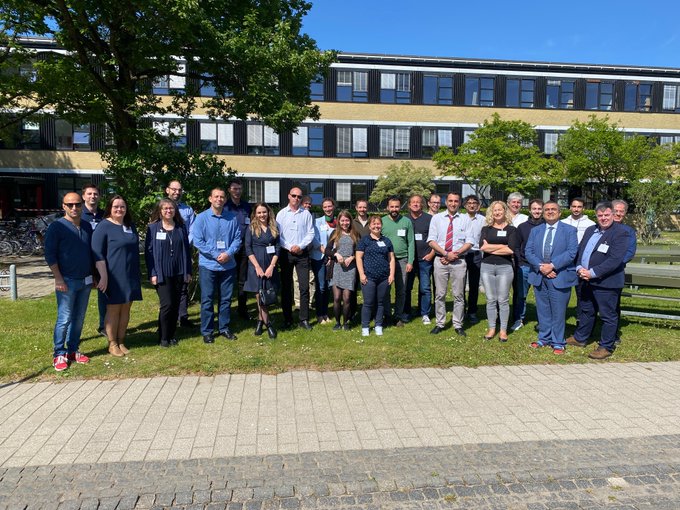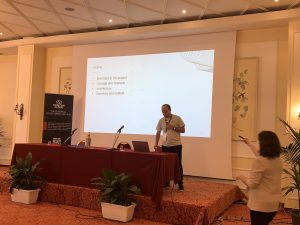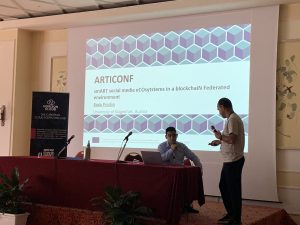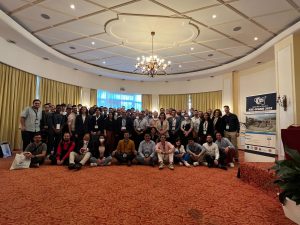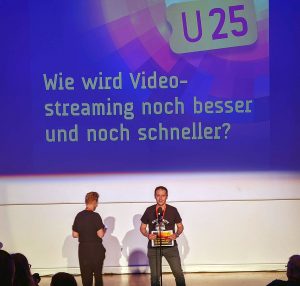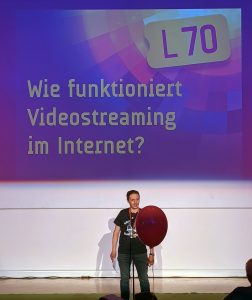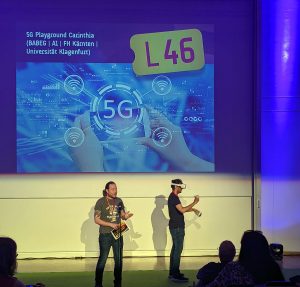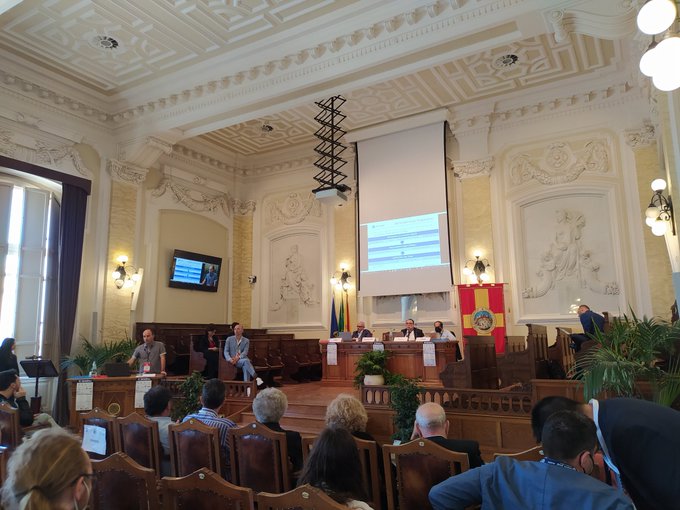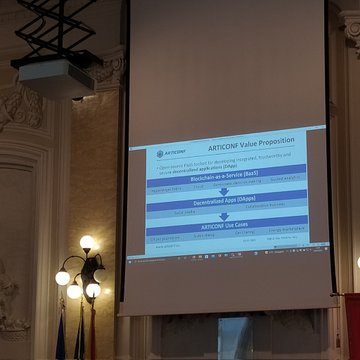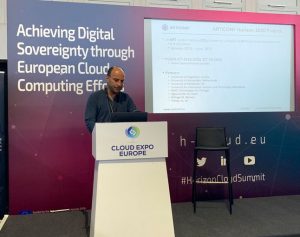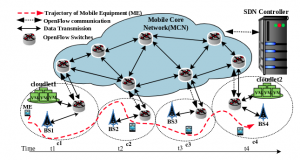Title: Video Complexity Dataset (VCD)
The 13th ACM Multimedia Systems Conference (ACM MMSys 2022) Open Dataset and Software (ODS) track
June 14–17, 2022 | Athlone, Ireland
Authors: Hadi Amirpour (Alpen-Adria-Universität Klagenfurt), Vignesh V Menon (Alpen-Adria-Universität Klagenfurt), Samira Afzal (Alpen-Adria-Universität Klagenfurt), Mohammad Ghanbari (School of Computer Science and Electronic Engineering, University of Essex, Colchester, UK), and Christian Timmerer (Alpen-Adria-Universität Klagenfurt).
Abstract: This paper provides an overview of the open Video Complexity Dataset (VCD) which comprises 500 Ultra High Definition (UHD) resolution test video sequences. These sequences are provided at 24 frames per second (fps) and stored online in losslessly encoded 8-bit 4:2:0 format. In this paper, all sequences are characterized by spatial and temporal complexities, rate-distortion complexity, and encoding complexity with the x264 AVC/H.264 and x265 HEVC/H.265 video encoders. The dataset is tailor-made for cutting-edge multimedia applications such as video streaming, two-pass encoding, per-title encoding, scene-cut detection, etc. Evaluations show that the dataset includes diversity in video complexities. Hence, using this dataset is recommended for training and testing video coding applications. All data have been made publicly available as part of the dataset, which can be used for various applications.
The details of VCD can be accessed online at https://vcd.itec.aau.at.
